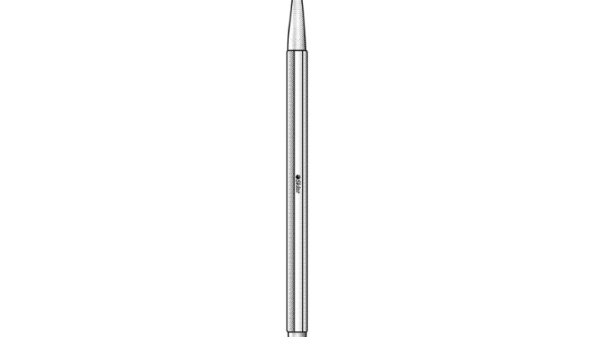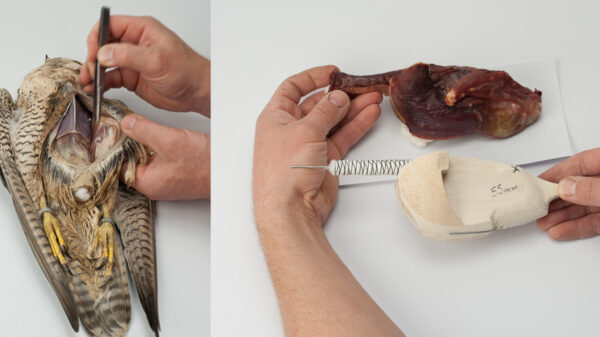Online auctions can be a great way to sell items. Often, they can appeal to a broader segment of the population.
When buying a car from an online auction, getting a professional inspection is important. This can be difficult, especially if the vehicle is located far away. Here are a few online auction tips on inspecting a car when you’re shopping from afar:
1. Observe the Exterior
Inspecting a car is an important step in the auction process, and it’s vital to make sure you aren’t getting a lemon. Fortunately, many legit online auction platforms won’t hesitate to let you inspect a vehicle you are considering purchasing and will be happy to provide information on any areas of concern.
If you are going to an in-person auction, arrive early so that you can inspect each vehicle you are interested in before the bidding starts. During this time, you can pop the hood, kick the tires, and search under the vehicle for leaks or other red flags. If the vehicle is not running, ask if you can start it and listen for any strange sounds or sputtering. It is also a good idea to bring a friend or a mechanic with you to assist you and to help you spot issues that might not be easily visible to the naked eye.
Once the bidding begins, it can get a little frantic, so having an assistant can help you stay focused and avoid overspending. It’s also a good idea to do some research in advance on the type of vehicles that are up for sale and what their average cost tends to be. This will help you have a clear spending limit and prevent you from getting carried away during the auction itself.
You may also be able to attend a preview before the auction starts and have an opportunity to inspect the vehicles that will be available for sale. Usually, this will require registration and a deposit before you are allowed to view the cars, but it is well worth the effort as it gives you an excellent chance to check out a car or two before the excitement of the auction starts.
If you are unable to inspect the vehicle in person, ask for detailed photos and videos of both the interior and exterior of the car. It is also a great idea to schedule a video call inspection with the seller if possible, using platforms such as FaceTime or Skype so that you can ask questions in real-time and have the vehicle inspected from various angles.
2. Check the Interior
The good news is that you can do a lot of car inspections yourself if you know what to look for. Dress in clothes you don’t mind getting dirty, bring a flashlight, and, if possible, ask the seller to open all doors, trunks, and hood compartments. Then, walk around the vehicle, making note of dents and scratches, puddles under the vehicle, and any areas where the paint doesn’t match perfectly.
Also, use your hands to touch things like the steering wheel, driver’s seat, and inner door handles to see if they feel worn. If you have a friend with you, ask them to stand outside and check for proper headlights and rear brake lights. Inhale deeply and try to smell for any musty or mildewy odors that could indicate water leaks.
If the auction site offers a vehicle inspection report, review it. But be aware that these reports can miss important information, such as flood damage or prior repair work.
Finally, if you’re really interested in a vehicle, consider hiring one of the many remote inspection services available to inspect vehicles for you and provide a detailed report with photos. These services charge a fee, but they can often save you money in the long run by helping you avoid buying a lemon.
If the auction site doesn’t offer a vehicle inspection service, research the vehicles you’re considering by looking at industry guides such as Kelley Blue Book and NADAguides and running a VIN check. If you’re able to, visit the auction site early and take your time examining each vehicle in daylight. That way, you’ll have a better chance of spotting any hidden flaws or mechanical problems. Also, be sure to ask the auction site to allow you to test drive any cars you’re interested in purchasing. Even if you’re not a confident driver, this is an essential step that can help ensure you get a safe, reliable vehicle. It’s not worth the risk of driving a used car with unreliable suspension or poor brakes. You’ll end up spending more on repairs than you would on a newer, safer car.
3. Check the Engine
If you’re buying a vehicle at auction, having as much information as possible before the bidding starts is important. While auction sites and dealers generally inspect vehicles before putting them up for sale, you can also arrange for your own physical inspection to ensure they run and look good.
If the seller isn’t allowing you to see the engine, ask them for a video of the car starting and running and to walk around it in detail. If the engine doesn’t start or sounds sluggish or rough, there could be a serious problem that may cost you a lot of money to repair.
You should always try to get a physical inspection of any vehicle you’re considering purchasing, but it’s especially important to inspect cars bought at online auctions or from private sellers. Cars at these auctions are often decommissioned and might look a bit grubby, but that doesn’t mean they can’t be a good buy for someone with the right tools and skills. Check for signs of repairs such as paint overspray, less than smooth sheet metal, puddles under the vehicle, scored brake discs, and an uneven stance.
Check the interior of the vehicle by walking around it and paying attention to details such as how easy it is to find a comfortable driving position, whether the head and legroom are sufficient, and if there’s enough cargo room. Look for stains such as tobacco or other strong smells that are difficult to get rid of and any damage such as major rust spots, cracks in the windshield, or dents.
If you’re concerned about the condition of a vehicle, consider using a third-party escrow service to handle the transaction. This will hold your payment until you receive the vehicle and confirm that it meets your expectations. You can also use Copart’s AutoCheck, EpicVIN, and Market Guide reports to help give you a more comprehensive picture of a vehicle. They include past records such as the title, repair, and maintenance history, and accident and flood damage.
4. Check the Tires
Many people tend to take their tires for granted. They get in their cars each day to drive to work, drop off kids at school, run errands, and more. However, they are one of the most important safety features on any vehicle, and failure or damage can have devastating consequences for you and your family. This is why it’s important to check the tires before making a purchase.
The best way to do this is by using a coin to measure the tread depth. Here in Canada, we use the beloved Toonie as our coin. The silver part with the bear’s paw prints on it will serve as your gauge. Place the coin in the center of the tire, and if the tread covers the paws, the tires are still in good shape and probably close to new. If the tread is worn down to the lettering, then they’re getting old and need replacement.
You can also look for signs of excessive wear on the tire’s bead area. Aggressive drivers typically cause this type of wear, so it’s a good idea to inspect the tires carefully to ensure they are safe for driving.
If you haven’t found any major issues with the car you are considering buying at auction, it’s a good idea to have an independent mechanic evaluate the vehicle before placing your bid. This will help you identify any underlying problems that may not be readily apparent and give you peace of mind.
It’s important to remember that cars at auction are generally decommissioned vehicles and won’t be in perfect condition. If a car is covered in dents and damage, this doesn’t necessarily mean you won’t be able to find a good deal on it. However, you should always keep your expectations in check and have backups if the bidding on your first choice gets out of hand.
Copart auction sites allow you to view vehicles in person if you have an upgraded site membership or a dealer license. Otherwise, you can hire an independent inspector to do the job for you. Many inspection companies have videos on their websites that walk you through the inspection process so you know what to look for.

















































You must be logged in to post a comment Login